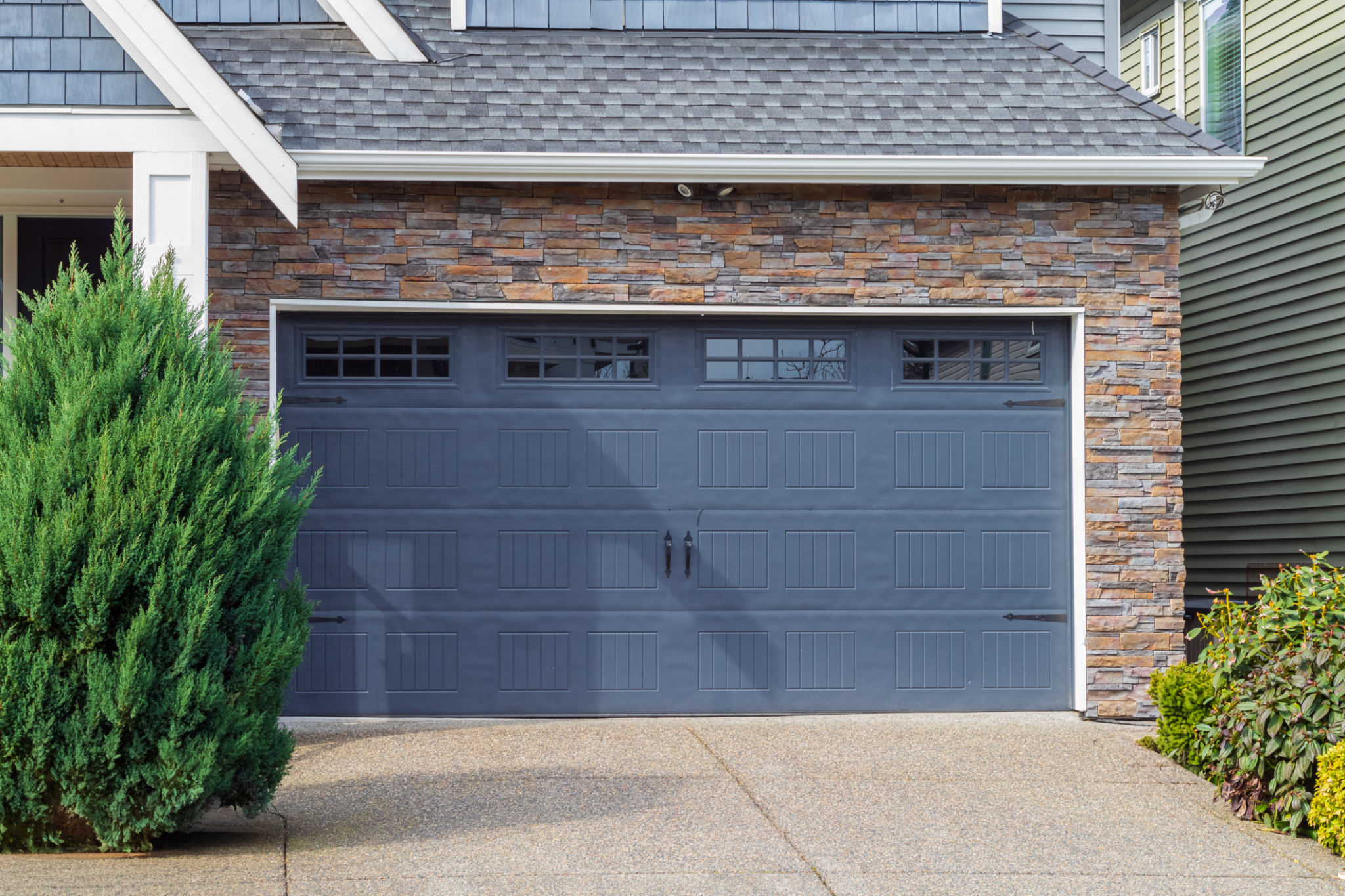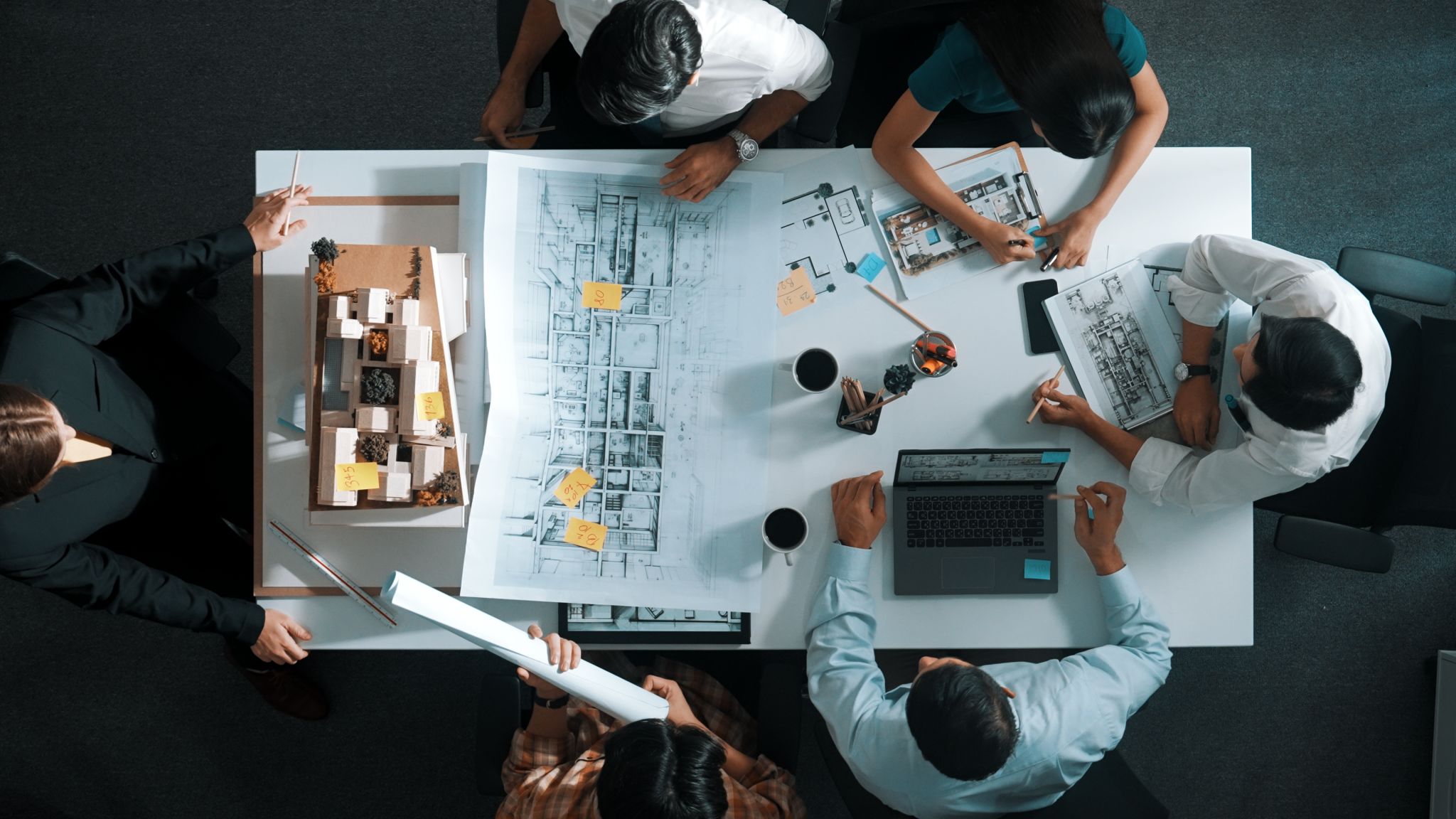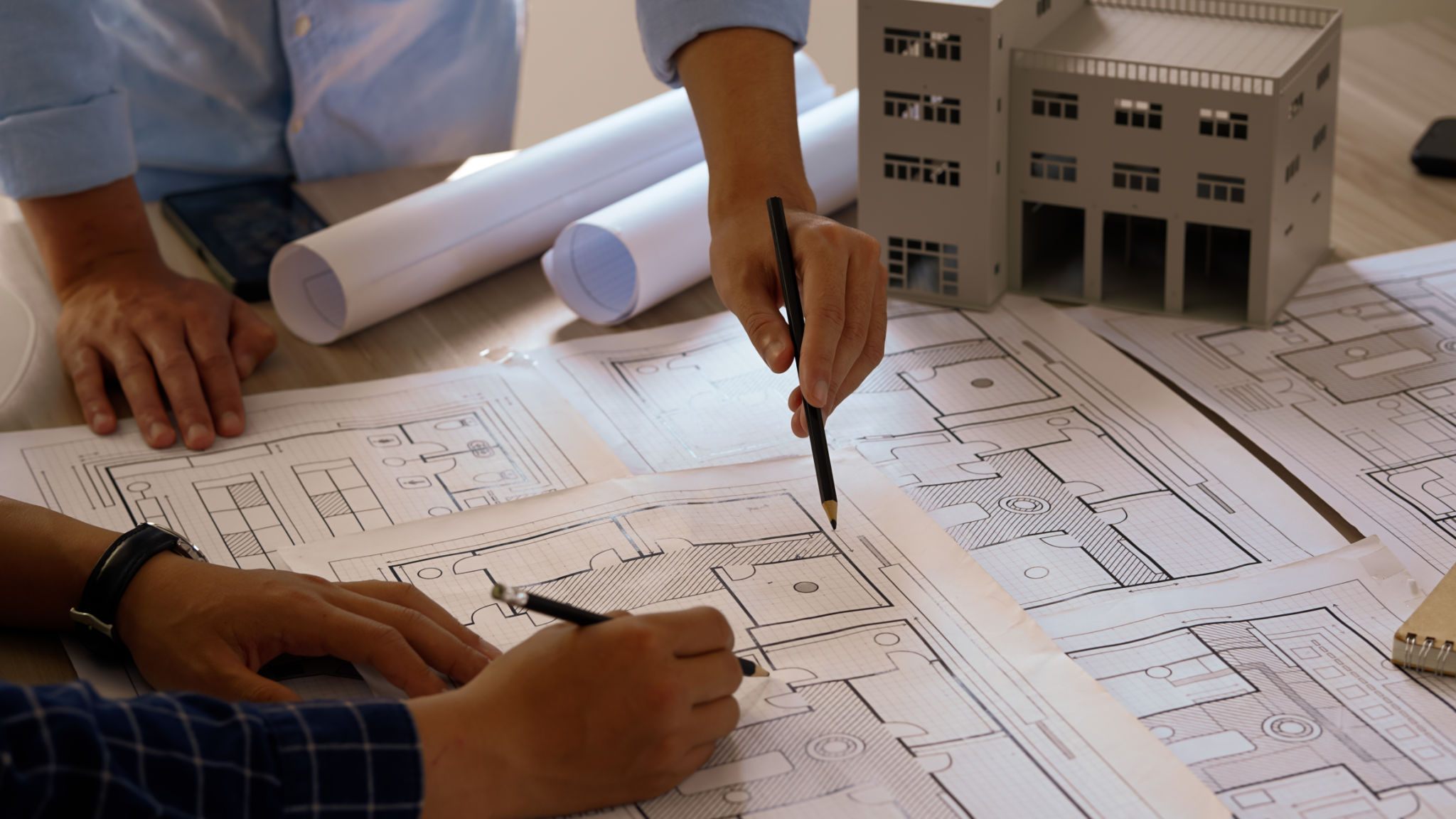How to Design a Custom Home: A Step-by-Step Guide
Understanding Your Needs and Budget
Designing a custom home starts with understanding your needs and setting a budget. Begin by identifying your lifestyle requirements, such as the number of bedrooms, home offices, or entertainment spaces you need. Consider future needs as well, such as accommodating a growing family or planning for retirement. Establishing a realistic budget will guide the design process and prevent unexpected expenses.

Creating a Wish List
Once you've defined your needs and budget, it's time to create a wish list of features and amenities you'd like in your new home. Think about both functional aspects and aesthetic preferences. Do you envision an open floor plan, a gourmet kitchen, or energy-efficient appliances? Write down everything that comes to mind, prioritizing must-haves over nice-to-haves.
Choosing the Right Location
The location of your custom home is just as important as its design. Consider factors such as proximity to work, schools, and amenities. Research neighborhoods to ensure they fit your lifestyle and long-term goals. It's also essential to understand zoning laws and regulations that may affect your build.

Finding a Suitable Plot
Once you've settled on a location, it's time to find a suitable plot of land. Look for a plot that accommodates your design requirements and offers potential for future growth. Consider the topography, soil quality, and access to utilities. These factors will influence both the design and cost of your custom home.
Selecting Your Design Team
Designing a custom home requires collaboration with experienced professionals. Start by selecting an architect or designer who aligns with your vision. Review their portfolios and conduct interviews to ensure they understand your needs. A builder or contractor will also be crucial in bringing your design to life, so choose a team with a strong track record and excellent references.

Working with Your Team
Effective communication with your design team is vital throughout the process. Share your wish list, budget constraints, and any other preferences early on. Regular meetings will help keep the project on track and allow you to make informed decisions about materials, layouts, and finishes.
Finalizing the Design
As the design phase progresses, you'll move from conceptual plans to detailed blueprints. This is the time to finalize decisions on room layouts, exterior designs, and interior finishes. Ensure that all aspects of your design meet both aesthetic desires and functional needs. It's crucial to review every detail with your team before construction begins.

Preparing for Construction
Before breaking ground, make sure all necessary permits are in place. Your builder should handle this process, but it's essential to stay informed. Prepare for construction by setting up temporary living arrangements if needed and planning for site visits to monitor progress.
Bringing Your Custom Home to Life
With everything in place, construction can begin. This is an exciting time as you watch your vision transform into reality. Stay engaged with the process by maintaining open communication with your builder and addressing any issues promptly. Regular site visits will ensure that the project stays aligned with your expectations.
Embracing Your New Home
Once construction is complete, it's time to move in and personalize your space. Enjoy the satisfaction of living in a home designed specifically for you, knowing that every detail reflects your unique style and needs. Designing a custom home is a rewarding journey that ends with a space tailored perfectly to your life.
